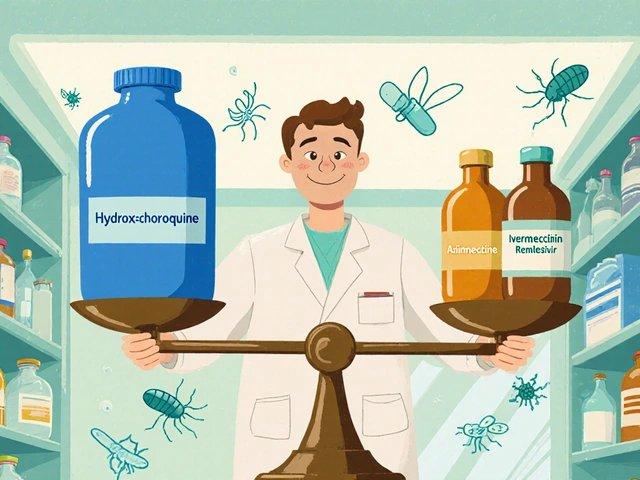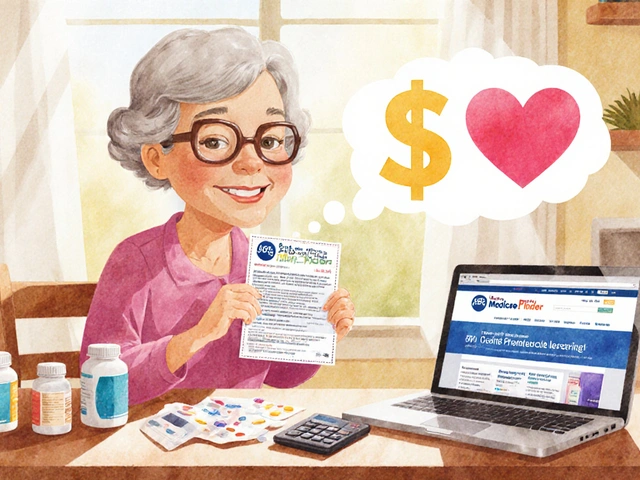Combination Therapy: How to Pair Medications Safely
If you’ve ever wondered why doctors sometimes prescribe two drugs together, you’re not alone. Combining medicines—also called combination therapy—can boost effectiveness, cut side‑effects, or attack a problem from different angles. The idea sounds simple, but getting it right takes some know‑how.
Why Combine Treatments?
First off, many conditions aren’t solved by a single pill. Think of high blood pressure: one drug lowers volume, another relaxes vessels, and together they hit the target better than either alone. The same goes for infections, cancer, or chronic pain where two agents work in sync.
A combo can also let you use lower doses of each medicine, which often means fewer side‑effects. For example, a low‑dose antidepressant plus therapy might feel less intense than a high dose alone. That balance is why doctors love the approach when it’s backed by evidence.
Safe Steps Before Starting a Combo
Never start mixing meds on your own. Talk to your prescriber first—list every prescription, over‑the‑counter pill, herb, and supplement you take. This helps spot dangerous interactions like blood thinners with NSAIDs or certain antidepressants with migraine drugs.
Ask about timing too. Some combos work best when taken together; others need a few hours apart to avoid absorption issues. Your pharmacist can give clear instructions on spacing doses.
Keep an eye on how you feel after the change. Note any new aches, stomach upset, or mood shifts and report them right away. Adjustments are common, and early feedback keeps you safe.
If you’re dealing with a chronic condition, ask whether a combo has proven benefits in clinical studies. Reliable sources include peer‑reviewed journals, reputable medical websites, and your doctor’s own experience.
For supplements, the rule of thumb is even stricter. Natural doesn’t always mean harmless—St. John’s wort can mess with many prescription drugs. Double‑check each ingredient before adding it to a regimen.
Finally, stay organized. Use a pillbox or an app that tracks multiple meds and alerts you when it’s time for each dose. A simple system reduces missed pills and accidental double‑dosing.
Combination therapy can be a game‑changer when done right. By asking the right questions, keeping your provider in the loop, and monitoring your response, you get the most benefit with the least risk. Ready to talk to your doctor about a smarter treatment plan? Start the conversation today.
-
19 May






